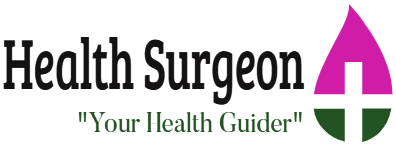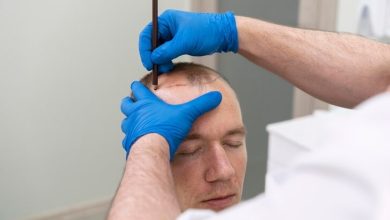First Aid Kits: What You Need and How to Keep Them Prepared

We’ve all been in a situation where someone was in need of immediate medical assistance. In those stressful moments, the value of a well-stocked and organised first aid kit becomes abundantly clear. Whether it’s a minor cut or a more severe injury, having access to the necessary supplies can make a significant difference in outcomes.
We’ve all been in a situation where someone was in need of immediate medical assistance. In those stressful moments, the value of a well-stocked and organized first aid kit becomes abundantly clear. Whether it’s a minor cut or a more severe injury, having access to the necessary supplies can make a significant difference in outcomes. Essentials like Wet Wipes can also prove invaluable in such situations, providing a convenient means for cleaning wounds and maintaining hygiene standards.
In this blog post, we’ll walk you through what you need in your first aid kit and how to keep it prepared for any situation.
The Basics: Essential Items for Your First Aid Kit
First aid kits come in many shapes and sizes, and while you can certainly buy a pre-made kit, assembling your own can ensure that it’s perfectly suited to your specific needs. Here’s what you should include:
Adhesive Bandages: These are a must for any first aid kit – they’re essential for covering small cuts, blisters, or abrasions.
Sterile Gauze Pads & Adhesive Tape: For larger wounds that can’t be covered by a bandage, you’ll need gauze and tape.
Antiseptic Wipes or Solution: To clean wounds and prevent infection.
Tweezers & Scissors: For removing splinters or cutting tape and gauze.
Pain Relievers: Aspirin, ibuprofen, or acetaminophen can help with pain or fever.
Thermometer: To check for fever.
Disposable Gloves: To protect yourself and others when administering first aid.
Emergency Blanket: These can help retain body heat in cases of shock or hypothermia.
First Aid Manual or Instructions: While having all these supplies is important, knowing how to use them is crucial.
Remember, the needs for each person or family may differ based on factors such as specific medical conditions, number of people, age of individuals, and the environment they live in – adjust your kit accordingly.
Advanced Preparations: Additional Supplies
For those who want to be prepared for more extensive emergencies, you might consider adding these items to your kit:
Prescription Medications: If someone in your home regularly takes prescription medication, having a spare supply could be a lifesaver in an emergency situation. Like most people, you probably don’t think much about the cost of your prescription medication until you have to pay for it. But the truth is that prescription drugs can be costly, and even if you have insurance, you may still end up paying a lot out of pocket.
EpiPen: If someone in your family has severe allergies, an EpiPen is a must.
Emergency Contact Information & Medical History: In case of severe emergencies, this information could be invaluable for emergency medical professionals.
Keeping Your First Aid Kit Prepared
Once you have your kit assembled, it’s not enough to simply put it on a shelf and forget about it. Regular maintenance is essential to ensure that your kit is always ready to go when you need it.
Regularly Check Expiration Dates: Many items in a first aid kit, like medications and antiseptics, have expiration dates – make sure you’re regularly checking and replacing these items as needed.
Replenish Supplies After Use: After you’ve used items from your kit, replace them as soon as possible.
Store Your Kit Properly: Keep your kit in a cool, dry place out of the reach of small children, but readily accessible when needed.
Review First Aid Procedures: Regularly review the first aid procedures in your manual, or consider taking a course to keep your skills sharp.
One such course that can greatly help is the HLTAID011 First Aid course online. This comprehensive course covers a broad range of first aid techniques and can be completed at your own pace from the comfort of your own home. It’s an invaluable resource for anyone looking to increase their first aid knowledge.
Having a first aid kit is a simple yet vital part of being prepared for emergencies
By assembling the right supplies, regularly maintaining your kit, and having a solid understanding of first aid procedures, you’ll be ready to provide the necessary help in a moment’s notice. Remember, in an emergency, every second counts, so stay prepared and stay safe.




